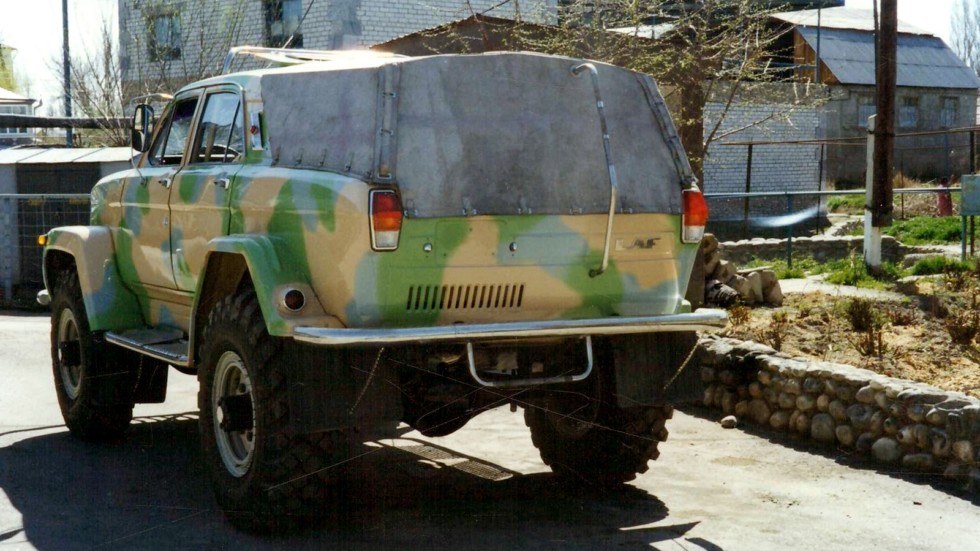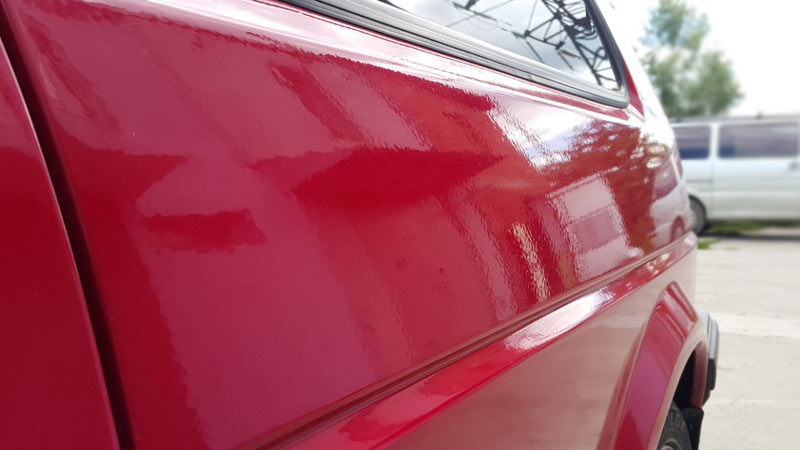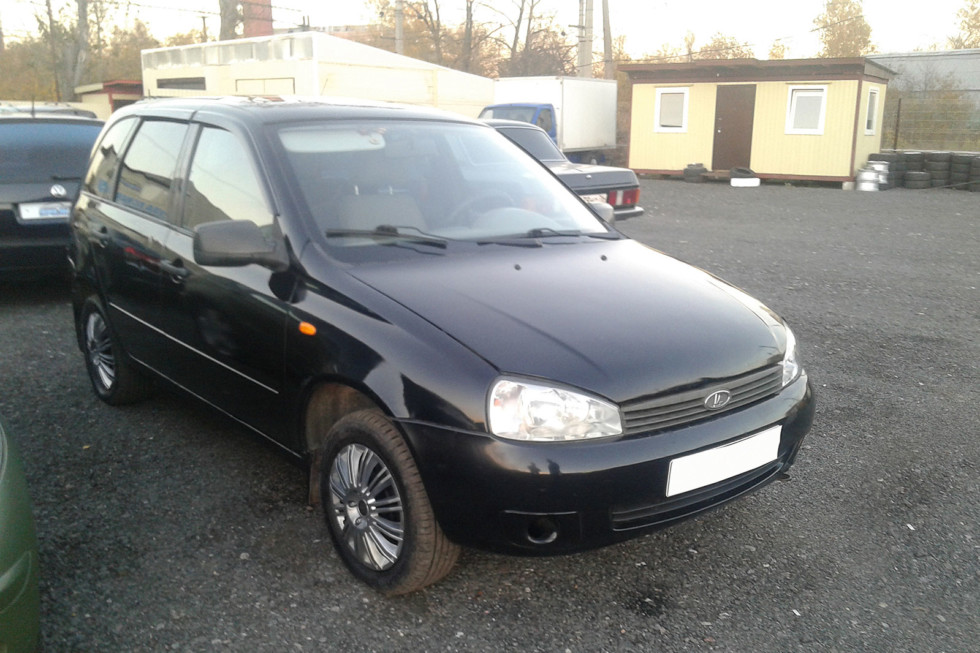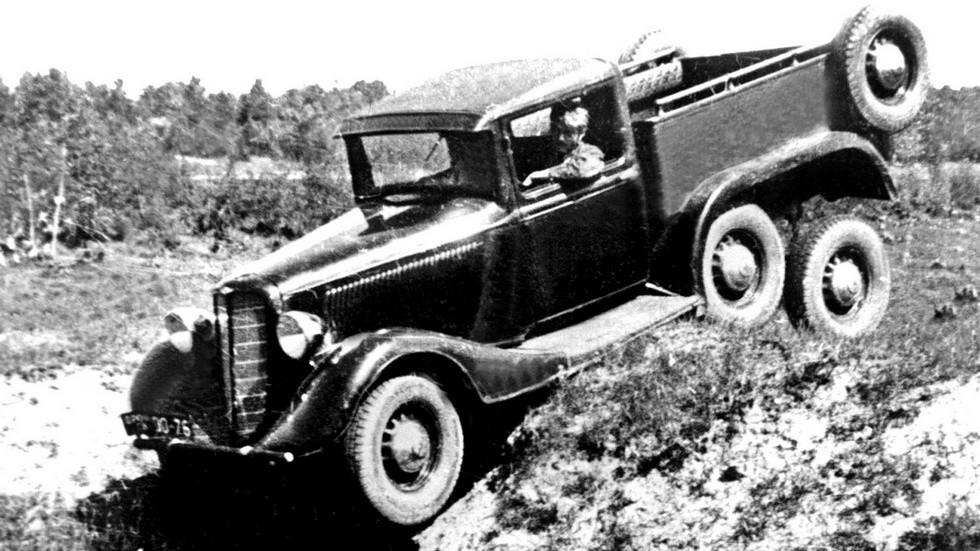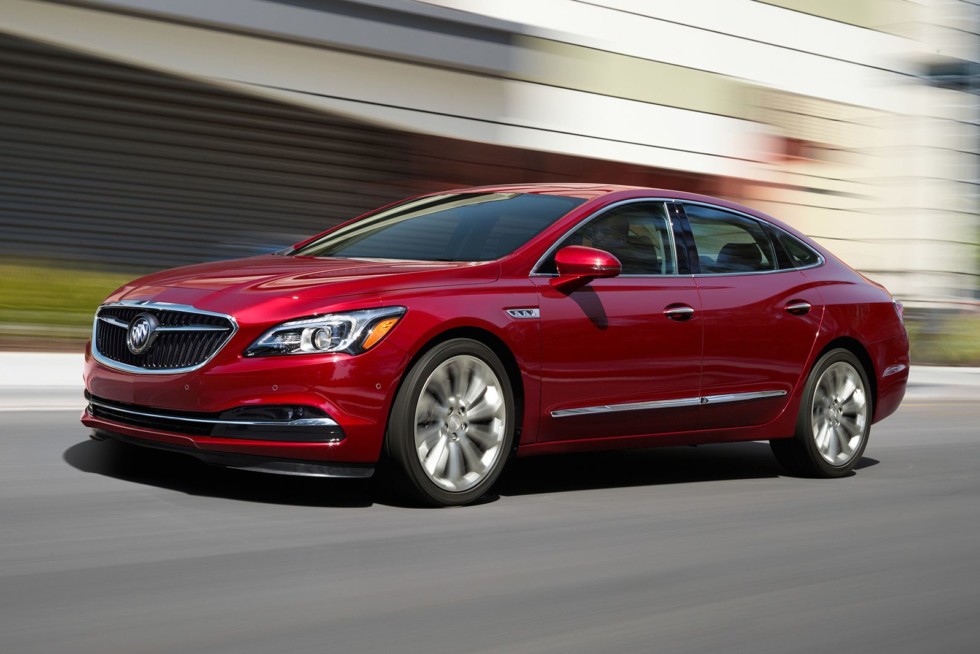Five reasons to love and hate the Mazda CX-7
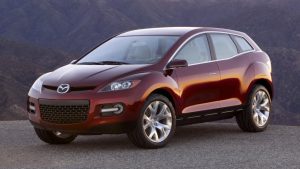
Mazda joined the crossover race later than other Japanese brands. Toyota, Honda and Subaru were already working on the third generation of their crossovers, and Nissan and Mitsubishi were working on the second, when in February 2006 at the Los Angeles auto show the Mazda CX-Crossport concept was shown, which after a little tweaking and minimal changes and went to the series in April of the same year as the Mazda CX-7. Mazda had to offer something new in the already highly competitive market, and this “something” was not the usual motor for the family of universal cars.
Under the hood of the crossover, a four-turbocharged 2.3 MZR L3-VDT was registered, borrowed from the Mazdaspeed Atenza sportscar (aka Mazda 6 MPS) with a K04 turbocharger retuned to lower power and more torque. Power for different markets ranged from 238 hp (in Russia) up to 256 hp (in England). Transmission – or six-speed automatic Aisin Warner AW TF-80SC (aka – AWF21, AF40-6, AM6, AW6A-EL), or six-speed mechanics. All-wheel drive Active Torque Split AWD with Haldex controlled electronic multi-plate clutch was taken from the same Mazda 6 MPS.
Somewhat later, a version with a 2.5-liter atmospheric engine MZR L5-VE with a power of 161 hp was presented, which was combined with a five-speed automatic – in Russia such cars appeared after the 2010 restyling. In addition, the Europeans and Australians were offered an option equipped with a 170-horsepower diesel MZR-CD.
The front suspension is almost unchanged borrowed from the large Mazda MPV minivan, and the rear suspension from the more compact Mazda 5 van. In some publications, they write that the Mazda 3 was the donor of the rear suspension, and this also has no mistake: all three of these The models that have come into being during a very short period of time are almost the same.
But the CX-7 was not the only motor. An important role was played by the appearance. While most brands relied on versatility and family values, trying to emphasize the family resemblance to “real” off-road vehicles, the chief designer of Mazda, Ivao Koizumi, decided, on the contrary, to build on passenger models and offer an alternative to European premium ones rather than Japanese competitors.
The idea was clearly a success – in Russia in the pre-crisis 2007, the purchase queue was 6 months! Over time, the initial excitement subsided, especially since during operation revealed weak spots and congenital sores. Some of them were successfully stopped during the restyling of 2010, when, on the one hand, pretentious chrome moldings and edgings appeared in the exterior design, and on the other hand, the models were supplemented with a range of models only with a front axle and a weaker engine.
However, the “seven” was not destined to become a super-mass car: in the best years, the sales volume of this model did not exceed 4,500 units, and in 2012, the headquarters of the Japanese company decided to stop producing CX-7 and focus on its consumer properties close to but slightly smaller in size, which means more affordable model CX-5.
Now prices for the CX-7 on the secondary market range from 300 thousand for the oldest and most well-groomed options to 1,000,000 for the most recent, 2012. And what do the owners write about the car?
Someone finds in the CX-7 the embodiment of all their aspirations, and such reviews literally shine with delight: “The car is just super !!”, “Fantastic!”, “She wants to praise and praise!”, But for someone the purchase turns around only disappointment: “Sold and crossed”, “Do not get fooled by a beautiful candy wrapper!”. So let’s understand what, besides the appearance, Mazda CX-7 is captivating, and what causes tooth gnash.
In the mass of reviews mentioned cheap hard plastic. As they just do not call it: oak, wooden, plain, boring … Sometimes it is even tougher. One of the authors did write that the plastic stinks like an old videotape. This applies particularly to dorestaylingovye cars: in 2010, the plastic remained tough, but the texture became different, and the tactile sensations improved. But the simplicity remained …
Torpedo Mazda CX-7 ‘2009–12Torpedo Mazda CX-7 ‘2009–12
Fortunately, the plastic turned out to be hard, but not creaky. Complaints about the “crickets” are found, but quite rarely, and many cars do not suffer from the invasion of these insects even after ten years of difficult life. But many owners mention that plastic on dorestaylingovyh CX-7 is very easy to scratch – even with a key, even with a fingernail.
